 船员帮
船员帮

1. What do you know about the “SOPEP”?
答:SOPEP means Shipboard Oil Pollution Emergency Plan. The SOPEP should contain (but not limited to) the following contents.
(1) Procedures to be followed by the Master or other crew in case of oil pollution.
(2) Pollution reporting system and the authority or persons to be contacted in the event of pollution including the telephone numbers etc.
(3) Detailed description of actions to be taken immediately by persons on board to reduce or control the discharge of oil after the incident.
(4) List of oil spill response equipment to be maintained and prepared on board. (Remover, sprayer, oil absorbent, saw dust, sand, waste rags, scoop, shovels, buckets, bamboo brooms, portable pump, protective clothing, portable containers). The essence of the Plan is to avoid any possible oil leakage and oil pollution. Simply speaking, SOPEP should include such things as the emergency contacts (telephone and other communication means, address etc.), the equipment used in dealing with oil pollution, the muster list for oil pollution, the report procedure when the accident happen etc. SOPEP is compulsory on board most of the ships according to the ISM code. IOPP is the certificate for the vessel that is qualified for the requirements issued by the Class on oil pollution prevention.
2. What are the possible causes of crankshaft failure?
答: Too big or too small clearance between bush and shaft is one of the most possible reasons . Other reasons include material problem, dirtiness of the lube oil, uneven loading in each cylinder, bad lubricating ,and deformation of frame and bedplate.
3. What actions should be taken when there is oil overflow on deck during bunkering?
答:(1) Stop pumping and other operations first。
(2) Ring the alarm immediately 。
(3) Crew should come to their respective position and take actions immediately according to the SOPEP。
(4) If there is a possibility of fire, the Muster List for fire should be followed 。
(5) After finishing all the actions, records should be made on what has happened。
(6) Draw lessons from the incident to avoid future reoccurrence of the same kind of incident
4. Explain the important things when you take over from the previous Chief Engineer?
答: I shall familiarize myself with the following
(1) The engine department personnel 。
(2) The SMS manuals and other documents on board。
(3) Conditions of the vessel, the engine and the equipment to see whether there are any problems left 。
(4) Any outstanding claims and incident reports in the service period of the previous Chief Engineer should be cleared。
(5) Engine logbook。
(6) The ROB volume of the fuel oil, the diesel oil, lube oil and chemicals。
(7) CMS survey items。
(8) PMS overdue items and relevant reports After finishing all the items in the checklist for handover, we two shall sign our names for evidence, one copy of which with the signature of the master shall be sent to the company.
5. Please explain what the Chief Engineer’s Standing Order is? What does Night Order include?
答:It is basically the Chief Engineer’s own set of instructions and orders for the operation of the engine department. The orders should include any particular operating procedures that the Chief Engineer wishes to emphasize. The set of standing orders and procedures must include the following: Operating procedures for main engine Operating procedures for auxiliary engine Watch procedures UMS procedures When to call the Chief Engineer Emergency shutdown procedures Daily monitoring and logs Arrival/Departure procedures Operation of steering gear and test procedures Bunkering procedures Safe procedures in the engine room Duties of junior engineers and ratings Different vessels may lave different contents concerning the standing order of the Chief Engineer. But basically, the contents above should be covered. The standing order should be put in the engine control room and in the cabin of the Chief Engineer. The night order should include such things as the warnings, lookout and when to call the Chief Engineer etc. The C/E needs to prepare night order every night before he goes to sleep.
6. What is the UMS? Do you have any experience on UMS?
答: Under what circumstances the engine rooms can not is operated in UMS way? UMS means Unmanned (unattended) Machinery Space. I have experienced UMS on board one ship. Under the following circumstances, the engine room cannot be operated in UMS way:
(1) When fire detection and extinguishing system are not fully operational。
(2) When main engine monitoring, control and alarm system are not fully operational 。
(3) When key auxiliary equipment or its controls and alarm system are not fully operational。
(4) The instruction from the Master demands that the engine room is to be manned。
(5) When arrival/departure in port。
(6) During cargo operation and on other occasions when the Chief Engineer determines that the engine room should remain manned
7. When do you apply emergency shutdown procedures and what do you shut down?
答: Emergency shutdown includes :
(1) main engine emergency shutdown 。
(2) ventilation emergency shutdown。
(3) fuel oil valves emergency shutdown。
(4) Sky light quick closing。
(5) ventilator quick closing damper. Emergency shutdown are used when emergency situations (e.g. fire etc) happens.
8. What do the engine room safety procedures include?
答:The safety procedures include the procedures for maintenance work, overhaul and lifting subjects, high-location and multi-layer,hull side work, hot work, entry into enclosed space, cleaning and painting, using steel bottle and so on.
9. Name some critical (important) equipment in the engine room on board your last vessel.?
答:According to the SMS manuals of the company on board my last vessel, the following engines and machine are critical equipment: Steering gear, winch and windlass, emergency battery, generator and emergency generator, main engines, life-boat engine, fire extinguisher pump, oil-water separator. Different companies may name different critical equipment on board different ships. Anyway, critical equipment should be given full care in daily work and should be checked and recorded periodically. As far as I know, some companies just name main engine, steering gear, and generator as critical equipment. Some other companies also include winch, mooring equipment, lifeboat engine etc. on the critical equipment list.
10. Under what conditions is hot work not allowed?
答:Hot work is not allowed under the following conditions.
(1) During cargo operation when handling flammable cargoes unless the ship has obtained permission from terminal or port authority。
(2) During bunkering。
(3) In enclosed spaces or where atmosphere is suspicious。
(4) On the top of the oil tanks, or any bulkhead or deck bordering on oil tanks。
(5) When vessel is alongside。
(6) Some other occasions that the Chief Engineer and the Master think it not allowable。
(7) Under heavy weather condition。

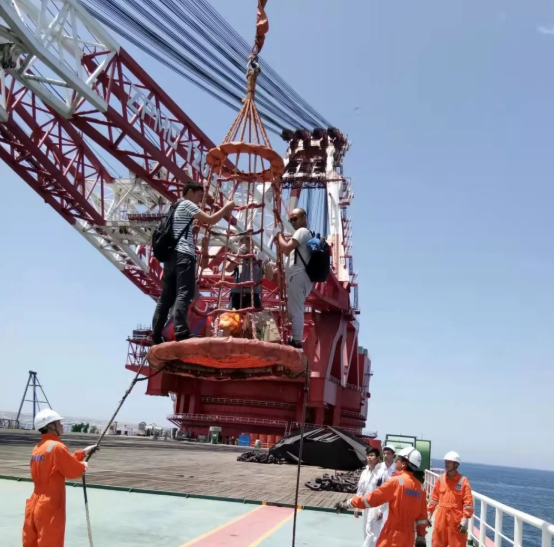


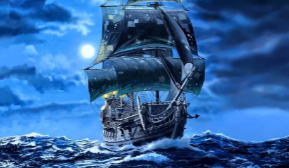


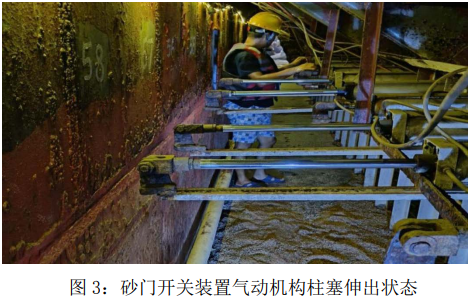

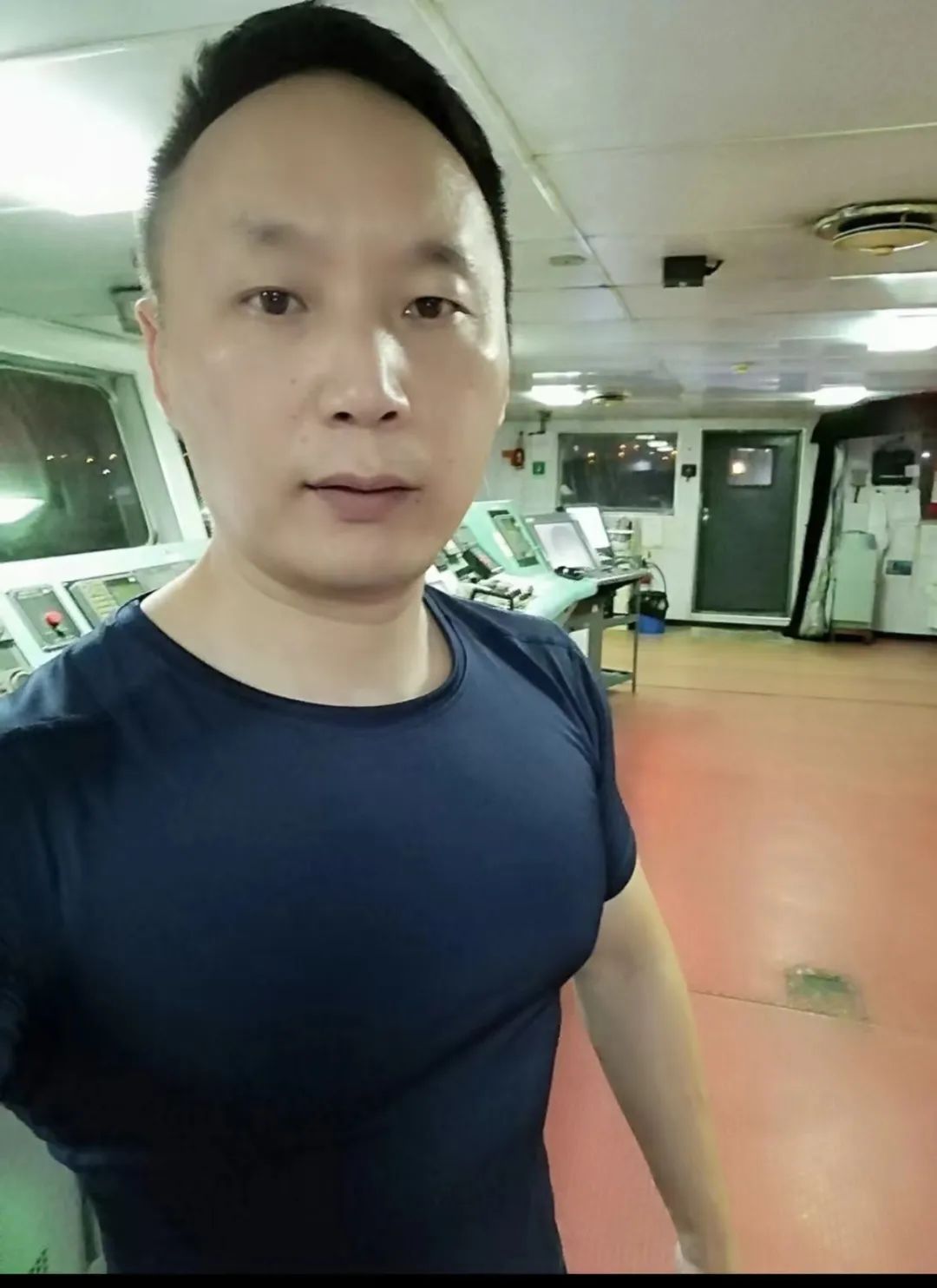


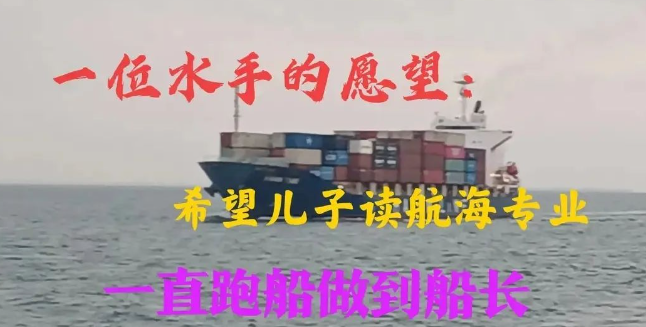


船员帮 帮船员